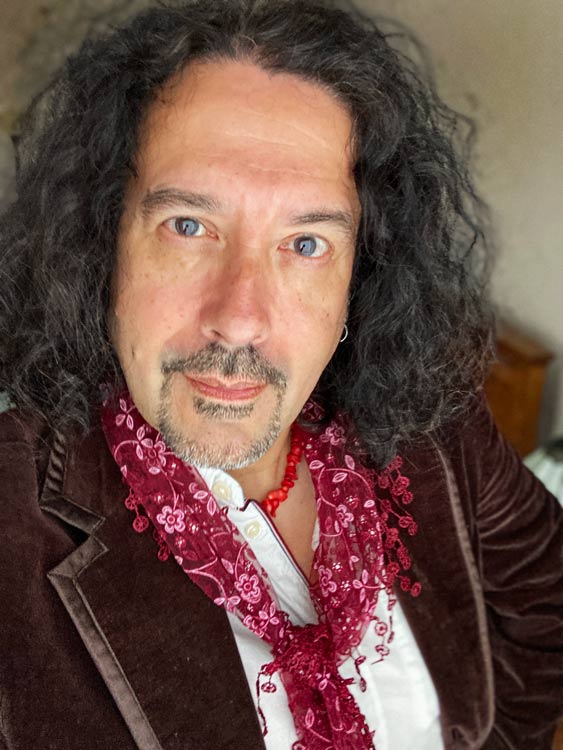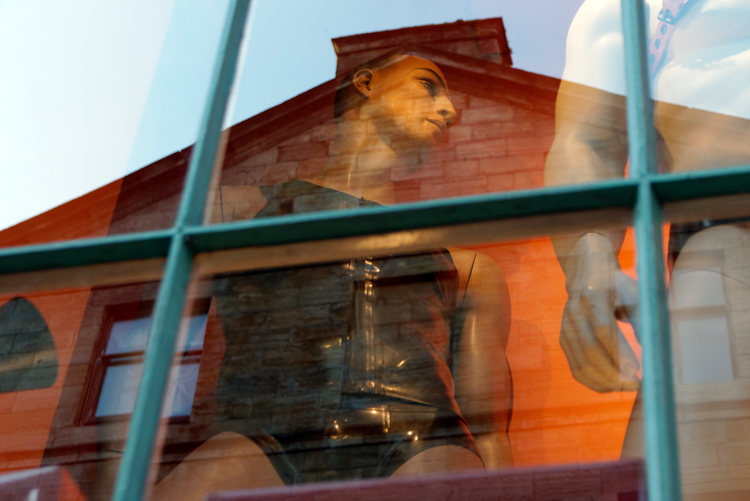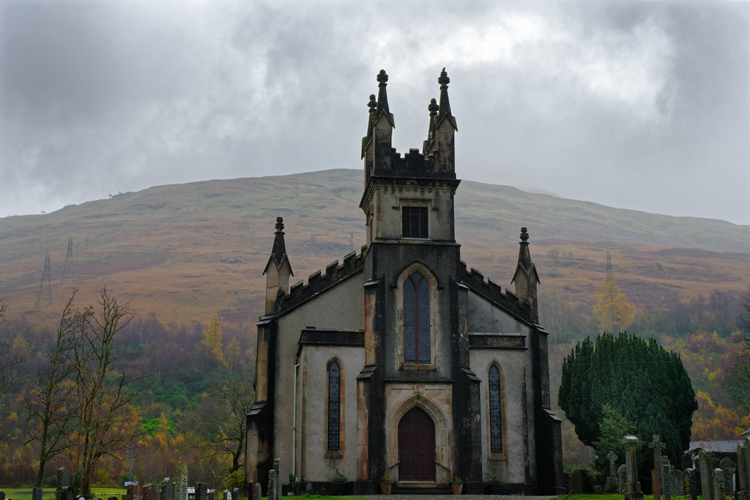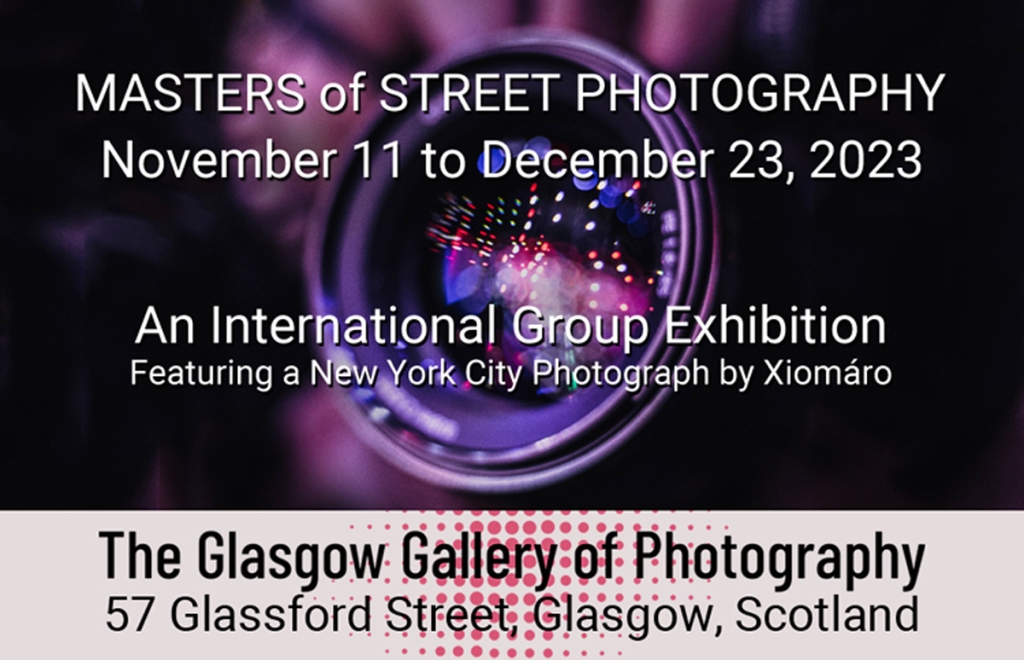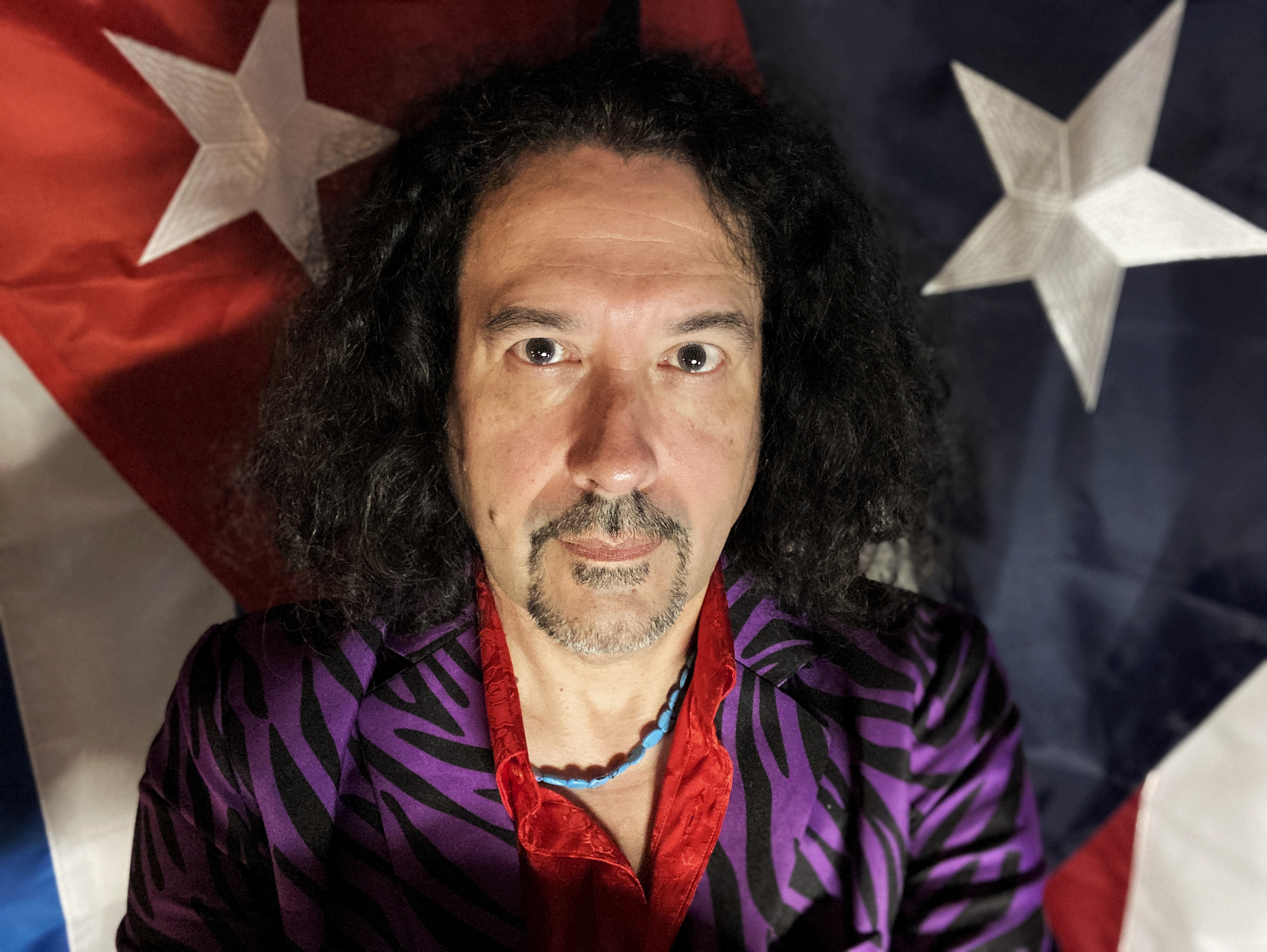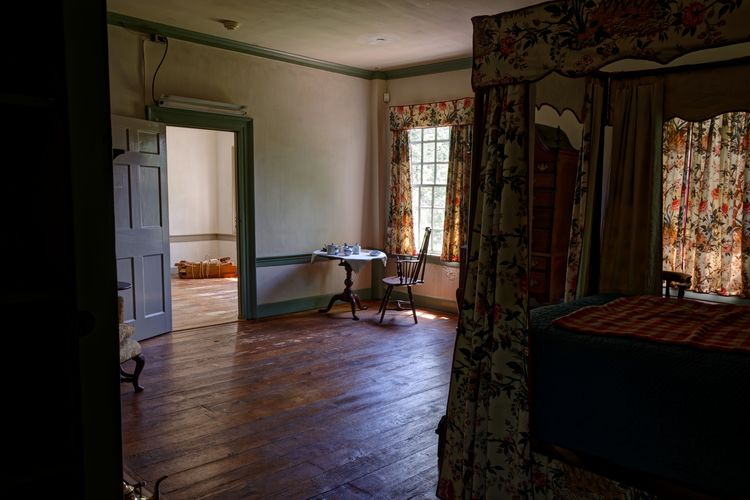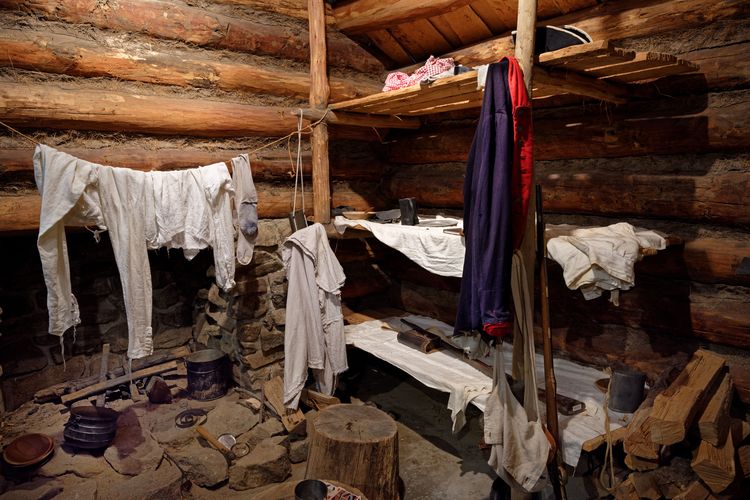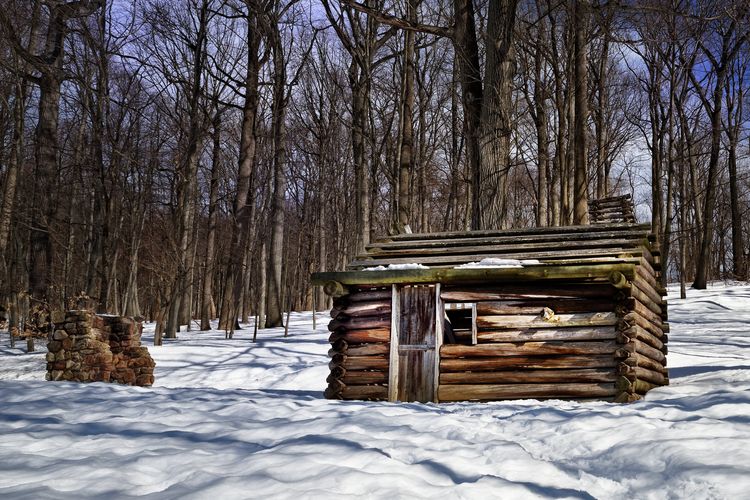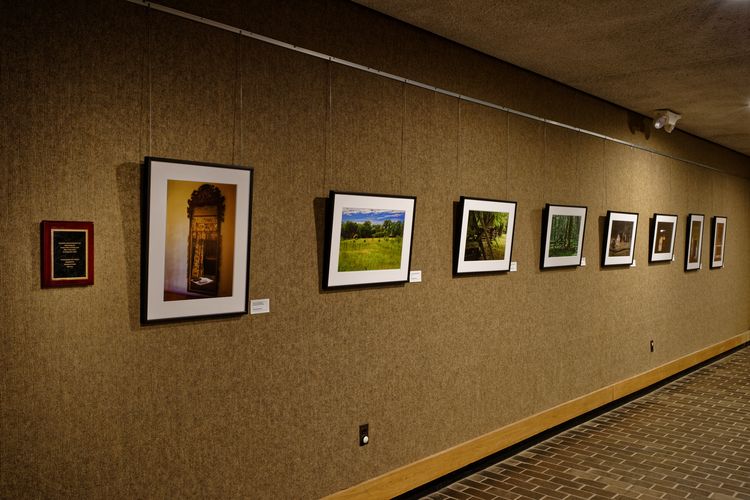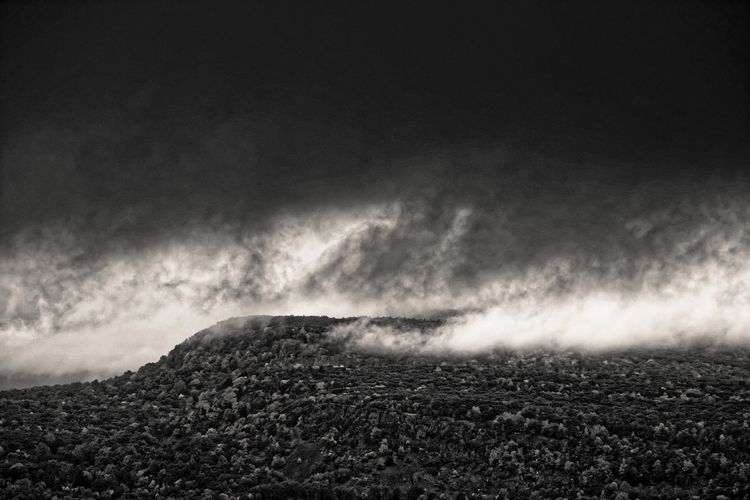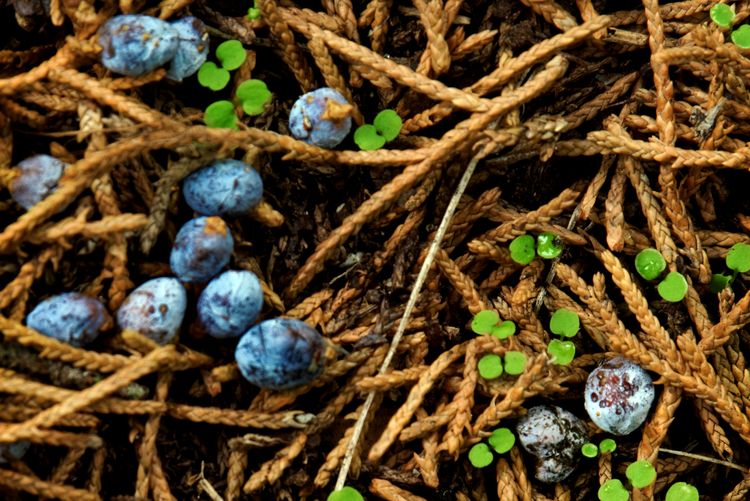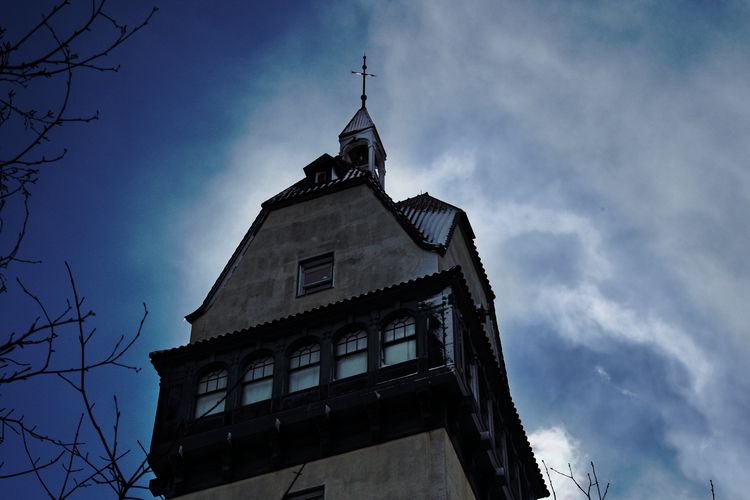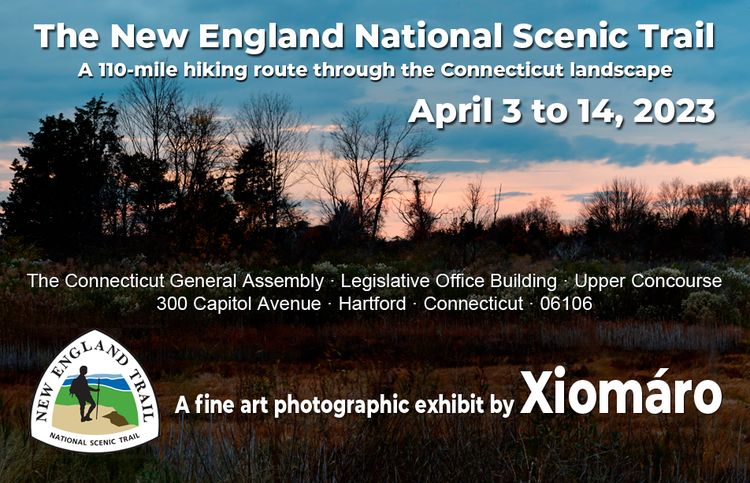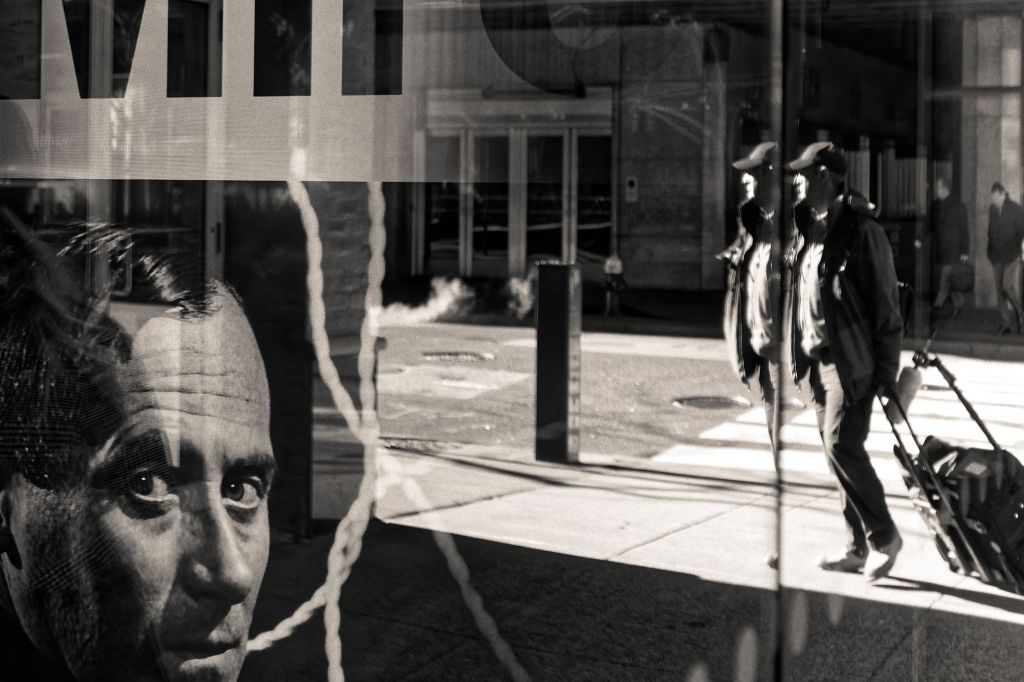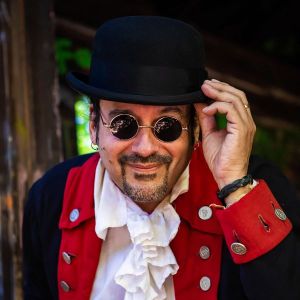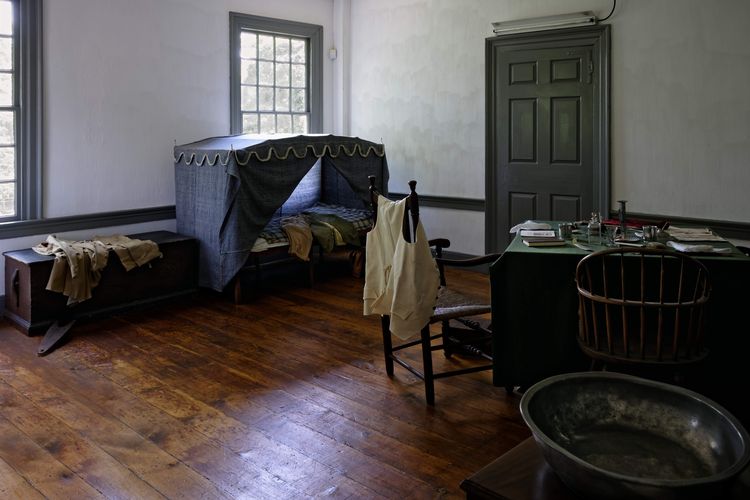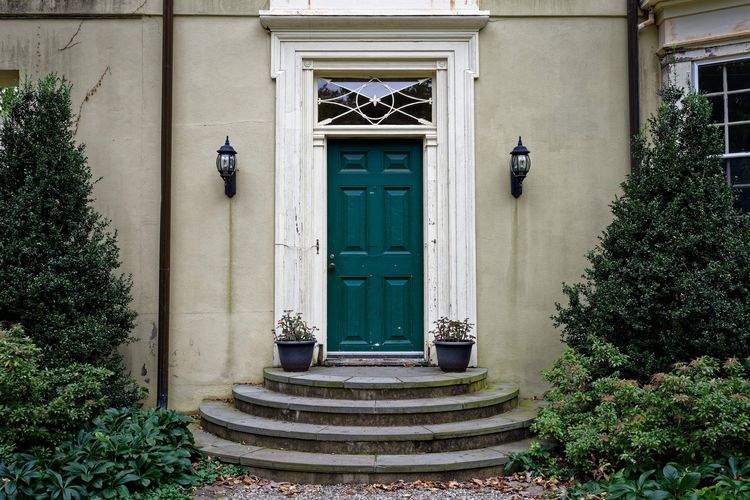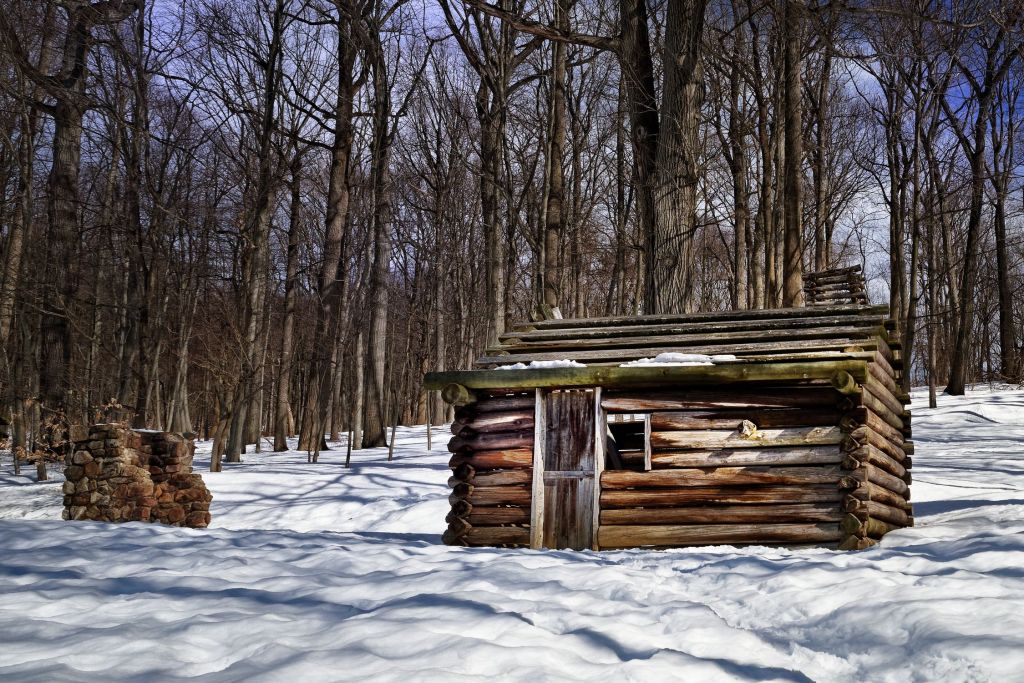Xiomaro, an artist whose National Park photography is widely exhibited in the U.S. and abroad, signed a contract with Fonthill Media, a leading publisher in England. Under the worldwide agreement, the artist will author a book of his New York City street photographs set to be released in 2025. Xiomaro’s book will spearhead Fonthill Media’s new series “Photographer’s America,” and will be part of the artist’s international ramp-up to the nation’s 250th anniversary celebration in 2026.
The book will feature approximately 160 color and black-and-white images capturing the essence of New York City’s streets. Xiomaro’s unique perspective delves beyond iconic landmarks, focusing on the daily lives and diverse interactions within Manhattan’s cramped 23 square miles. “New York City’s Broadway, Rockefeller Center, and Times Square are among the icons drawing visitors across the U.S. and around the world – but for me, the real attraction is the evocative mash-up of people who live, work, and play within its gritty streets,” said Xiomaro. The collection offers a glimpse into the rich diversity of daily life, showcasing a variety of scenes from ordinary moments to mysterious and enigmatic scenarios. The photographs, all unstaged and free of AI manipulations, freeze the dynamic human condition for examination in ways that cannot be appreciated within the city’s real-time chaotic energy.
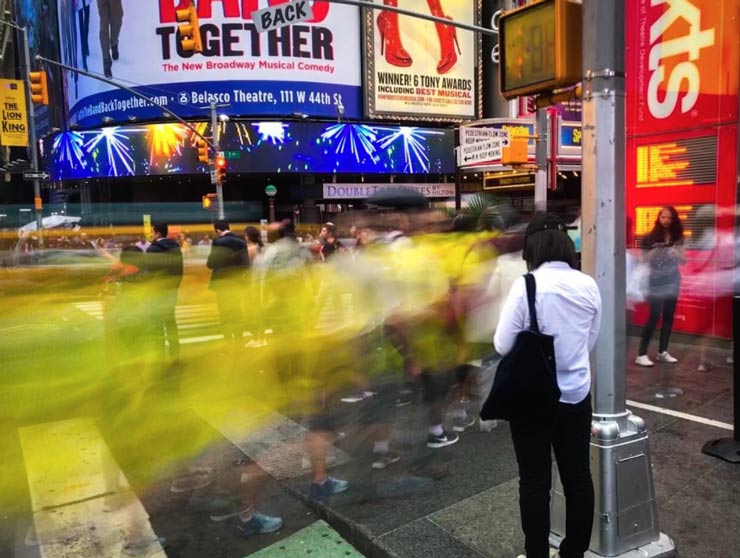
Xiomaro (pronounced SEE-oh-MAH-ro) is best known for his fine art photographic collections commissioned by the National Park Service, which have been covered by the New York Times, Fine Art Connoisseur magazine and network television news programs. His first book, Weir Farm National Historic Site (Arcadia Publishing) featured Connecticut’s first national park and his work at Morristown National Historical Park was the subject of the PBS documentary, Xiomaro Captures Morristown. Those photographs were exhibited last year at Morris Museum and can be seen at the park’s Jockey Hollow Visitor Center. A retrospective of the artist’s work is also on view, until March 18, throughout the entire fourth floor of the Morris County Administration and Records Building at 10 Court Street, Morristown, New Jersey.
So how did street photography become part of his oeuvre? In 2015, Xiomaro decided he did not want to wait until the next commission before he could engage in artistic photography. To keep his creative vision and camera skills sharp, he started photographing his daily encounters in Manhattan – and the very best of that collection of personal work will comprise his second book for Fonthill Media. By focusing his collection on candid and artistic portrayals of Big Apple life during the first quarter of the 21st century, the book will capture contemporary times, portraying what Xiomaro terms “future history.”
“Think of it as a photographic time capsule,” adds Xiomaro, which he explains will set the book apart from others featuring mid-century street photography or staged street portraits accompanied by interviews that provide viewers with less to engage their imagination. “I’m putting together a book that appeals to a broad readership, including lovers of visual art and history, as well as travelers and casual smartphone photographers.”

